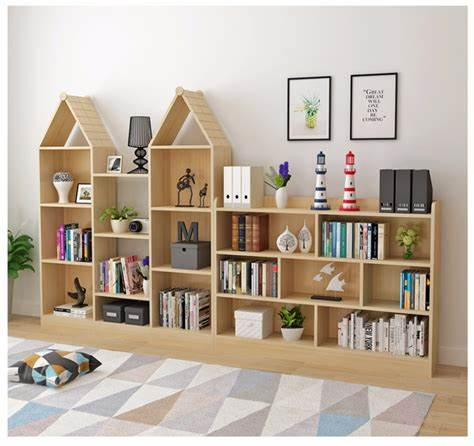Bookshelf CPSC test mainly refers to a series of safety performance tests for bookshelf products, especially children’s bookshelves, to ensure that they comply with the relevant regulations and standards of the US Consumer Product Safety Commission (CPSC).
1. Test background and necessity
(1) Background: CPSC is the US government agency responsible for consumer product safety.
It has formulated a series of safety regulations and standards for children’s products. Bookshelves, especially children’s bookshelves, as products that may be touched and used by children, must be tested by CPSC to ensure their safety.
(2) Necessity: Conducting CPSC testing is a prerequisite for bookshelf products to enter the US market, especially online sales platforms (such as Amazon).
Products that have not passed CPSC testing and obtained the corresponding certificates will not be sold in the US market.
2. Test items and content
Bookshelf CPSC testing mainly includes the following items:
(1) Physical and mechanical performance test: According to relevant standards such as ASTM, children’s bookshelves are tested for physical and mechanical properties such as stability, strength, durability, and whether there are sharp edges.
These tests are designed to ensure that the bookshelf will not collapse, be damaged, or cause safety hazards during normal use.
(2) Heavy metal test: Check whether the content of heavy metals such as lead and cadmium in the bookshelf meets the limits of CPSIA (Consumer Product Safety Improvement Act).
Excessive heavy metals may have a serious impact on children’s health, so this test item is crucial.
(3) Formaldehyde emission test: If the bookshelf is made of wood, the formaldehyde emission test is also required to ensure that it does not exceed the limit set by the CPSC.
Formaldehyde is a hazardous substance and long-term exposure may cause harm to human health.
(4) Surface coating test: If the surface of the bookshelf is painted or otherwise coated, phthalates (Phthalates) testing is required.
These compounds may affect children’s health, so their content must be strictly controlled.
(5) Label and warning information test: Bookshelves need to be affixed with correct warning labels to inform consumers of possible product dangers, such as small parts that may cause choking risks. These labels are important for reminding consumers to use the product correctly and avoid potential dangers.
(6) Tracking label test: The product needs to have a permanent tracking label with information such as manufacturer information and production date.
This helps to trace the source of the product when problems arise and ensure product quality and safety.
(7) Flammability test: Bookshelves need to meet certain flame retardant performance standards to reduce the risk of fire.
This test project is designed to ensure that the bookshelves will not burn quickly or produce toxic smoke in the event of a fire, thereby protecting the lives of consumers.
Post time: Mar-20-2025






